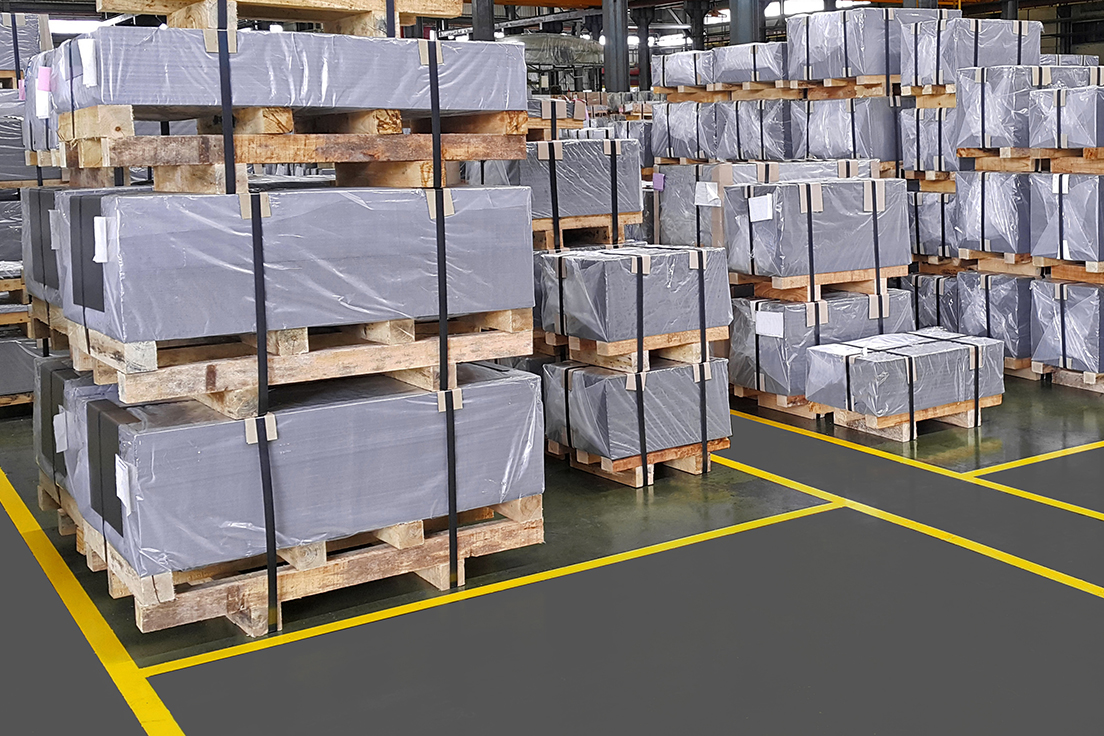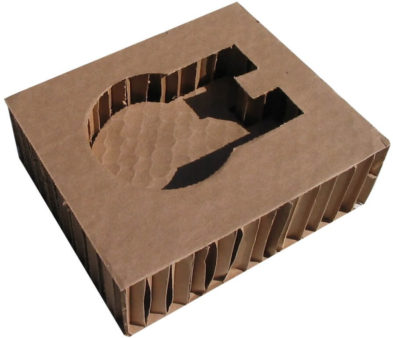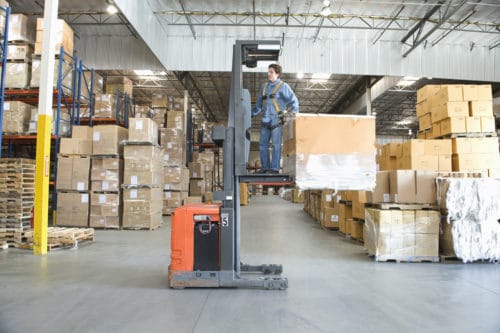Industrial Metal Packaging: Stamina and Durability in Every Design
Effective Industrial Recycling Solutions for Lasting Product Packaging: A Comprehensive Overview
In today's significantly environmentally-conscious globe, the need for sustainable product packaging services has never been higher. To fulfill this need, services across industries are actively looking for reliable industrial recycling solutions. Browsing the facility landscape of sustainable product packaging can be testing without an extensive overview. That's where this thorough guide on efficient industrial recycling options for sustainable packaging is available in. By discovering key areas such as product packaging product choice, developing for recyclability, executing reusing facilities, teaming up with recycling partners, and tracking and gauging reusing success, this guide will equip you with the expertise and devices needed to make enlightened choices and drive favorable change within your organization. Whether you're a packaging specialist, sustainability manager, or simply interested in the topic, this guide will provide valuable insights and approaches to help you browse the globe of lasting packaging.
Packaging Product Option
The choice of packaging materials plays an important function in making sure the sustainability of commercial reusing remedies. The option of products is key in decreasing ecological effect and taking full advantage of recycling effectiveness when it comes to sustainable product packaging. Picking the ideal materials can aid lower waste generation, conserve sources, and promote a round economic climate.
One important variable to consider in packaging product selection is recyclability - plastic container manufacturer. Products that can be easily reused and integrated back right into the manufacturing cycle are liked. For instance, materials like cardboard, paper, glass, and certain kinds of plastics can be recycled several times without shedding their high quality. On the other hand, products that are hard to reuse, such as non-recyclable compounds or blended plastics, can produce challenges for the reusing process and may wind up in incinerators or landfills.
An additional factor to consider is the use of sustainable and naturally degradable materials. Packaging made from sustainable sources, such as plant-based plastics or biopolymers, can help in reducing dependency on fossil gas and minimize climate modification. Additionally, naturally degradable materials damage down normally in time, reducing the buildup of waste in garbage dumps.
Moreover, the weight and volume of product packaging products should be decreased to reduce transportation costs and energy consumption. Lightweight products not just require fewer resources throughout manufacturing yet likewise add to lower carbon discharges throughout transport.
Designing for Recyclability
Packaging designers ought to focus on the usage of materials that are extensively accepted for recycling and have actually established reusing facilities. Materials such as glass, aluminum, and specific types of plastic, like Animal and HDPE, are typically recycled and need to be liked over materials that are hard or costly to recycle.
An additional critical consideration in designing for recyclability is the elimination of unneeded elements or materials. By lessening the variety of layers, layers, and additional elements, product packaging can be made less complex and less complicated to reuse. Furthermore, developers need to aim to minimize the use of mixed materials, as they can complicate the recycling procedure.

Implementing Recycling Facilities
Reliable implementation of reusing framework is critical for the success of commercial reusing options. Without proper facilities in location, the reusing process ends up being ineffective and inadequate, hindering the overall objective of sustainable product packaging.
To execute reusing framework properly, several essential aspects need to be thought about. There must be a well-organized collection system that assists in the separation and collection of recyclable products. This can consist of designated recycling containers in public rooms, as well as partnerships with waste management firms for curbside pick-up and sorting.
As soon as collected, the recyclable materials need to be carried to reusing centers in a prompt way. This requires effective logistics and transportation networks, ensuring that the materials reach the appropriate facilities right away.
At the recycling facilities, advanced sorting and processing technologies ought to remain in area to divide different sorts of products successfully. This consists of making use of automated sorting equipments, optical scanners, and hand-operated sorting methods.
Moreover, there must be a robust market need for recycled materials. This can be attained with cooperations with producers and sectors that make use of recycled products in their manufacturing processes. Creating a steady market for recycled products incentivizes the reusing sector and promotes the round economic climate.
Collaborating With Recycling Allies

One trick element of teaming up with reusing partners is the facility of clear interaction channels. It is essential to develop open lines of communication to promote the exchange of information, updates, and comments. This allows both events to remain notified regarding the progress of recycling efforts and attend to any type of challenges or issues that might occur.
In addition, partnership can entail collaborations in executing and creating reusing programs. Recycling companions can supply important understandings and advice in establishing efficient collection systems and establishing the most appropriate recycling technologies. By interacting, businesses and reusing companions can optimize the recycling process and decrease waste.
Furthermore, partnership can expand past the functional facets of recycling. It can likewise incorporate advocacy and education efforts. By signing up with forces, Source organizations and recycling partners can increase recognition about the value of reusing and advertise the adoption of sustainable product packaging techniques among consumers and various other stakeholders.
Monitoring and Measuring Recycling Success
To guarantee the efficiency of commercial recycling options and the achievement of sustainable product packaging objectives, it is essential for organizations and their recycling companions to establish a comprehensive system for monitoring and determining recycling success (plastic container manufacturer). Gauging and tracking recycling success enables businesses to analyze the impact of their reusing initiatives, recognize locations for renovation, and established purposeful targets for future progression
One means to track reusing success is with using data collection and analysis tools. By collecting data on the quantity of product packaging waste created, the portion of waste that is reused, and the see here kinds of materials being reused, services can get beneficial understandings right into their recycling performance. This data can after that be examined to determine patterns, patterns, and areas of ineffectiveness.
One more essential aspect of tracking and measuring reusing success is establishing clear and standardized metrics. This permits services to compare their efficiency against industry standards and track their development in time. Metrics such as recycling prices, waste diversion rates, and greenhouse gas emissions can give a measurable measure of a business's reusing success.

Verdict
In verdict, applying effective industrial recycling remedies for lasting packaging calls for cautious factor to consider of product packaging material choice, making for recyclability, applying recycling framework, collaborating with recycling partners, and tracking and determining recycling success. By including these click here for info methods, businesses can add to a more lasting and environmentally-friendly strategy to packaging, reducing waste and promoting the round economic situation.
By checking out key locations such as packaging material option, developing for recyclability, implementing recycling framework, working together with reusing partners, and monitoring and gauging recycling success, this overview will certainly furnish you with the expertise and tools needed to make informed decisions and drive favorable change within your company. Product packaging designers ought to focus on the usage of materials that are commonly approved for reusing and have established recycling frameworks.Cooperation with recycling partners is necessary for the effective implementation of industrial recycling options and the success of sustainable packaging goals. By joining pressures, organizations and reusing partners can raise understanding regarding the relevance of reusing and advertise the adoption of sustainable packaging methods among customers and various other stakeholders.
By accumulating data on the amount of product packaging waste created, the percentage of waste that is recycled, and the kinds of products being reused, organizations can gain useful insights into their reusing performance.